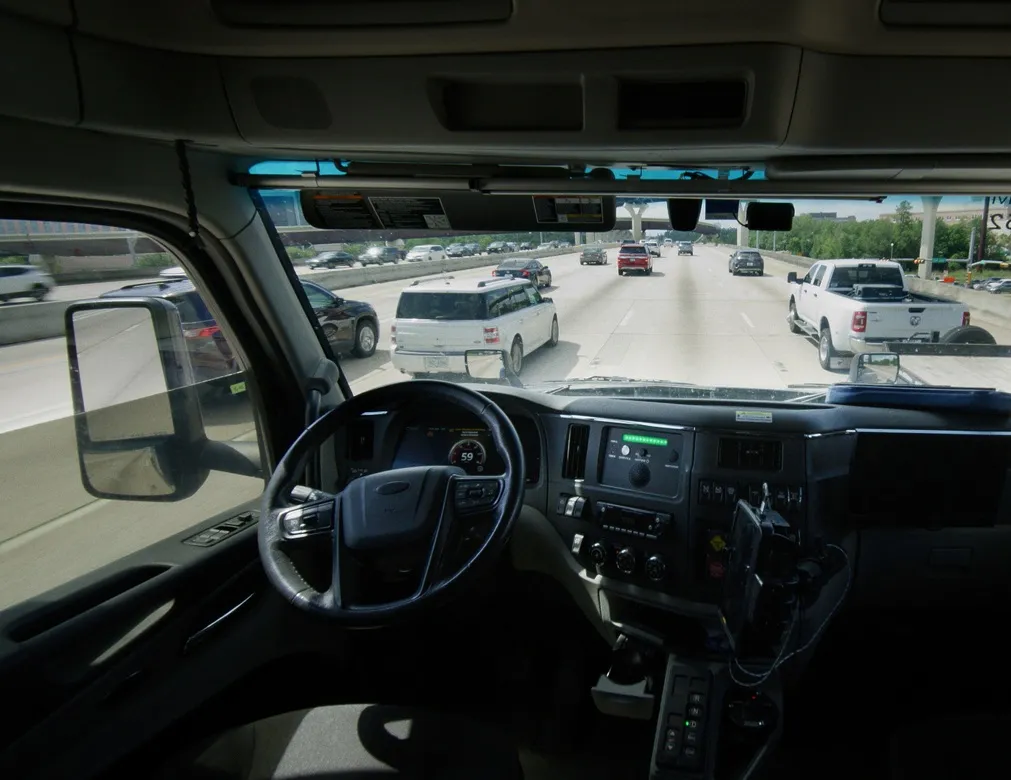Arizona’s traffic operations centre was built more than twenty years ago; the first traffic camera was installed over Interstate10 in 1990. That’s all changed now thanks to a recent US$2.1 million upgrade of the camera system by Arizona Department of Transportation (ADOT) which replaced cables with fibre optic lines, so the cameras now show fresh images every ten seconds rather than every five minutes. The upgrade has also replaced the 32 video screens in the traffic operations centre, enabling staff to sca
February 22, 2013
Read time: 2 mins
Arizona’s traffic operations centre was built more than twenty years ago; the first traffic camera was installed over Interstate10 in 1990.
That’s all changed now thanks to a recent US$2.1 million upgrade of the camera system by6576 Arizona Department of Transportation (ADOT) which replaced cables with fibre optic lines, so the cameras now show fresh images every ten seconds rather than every five minutes. The upgrade has also replaced the 32 video screens in the traffic operations centre, enabling staff to scan up to 160 images simultaneously.
Information from the cameras is used provide drivers with the most accurate travel times on the changeable signs above some freeways and to manage incidents and deploy first responders, Highway Patrol cars or tow trucks.
“Now, the system will help give users a much better, accurate story,” said Darrell Bingham, ADOT’s project manager on the upgrade. “The benefit to drivers will be more information when they need it the most to avoid congestion and make informed decisions during their commute.”
Last year, almost 9.4million visitors went to ADOT’s traffic site at az511.gov to check the cameras - nearly 26,000 visits a day from people who rely on the cameras to plan their trips. Travellers can get up-to-the-minute travel times, road conditions and alerts via the web or by calling the toll-free 511 number. The online service gives the added benefit of live traffic footage.
That’s all changed now thanks to a recent US$2.1 million upgrade of the camera system by
Information from the cameras is used provide drivers with the most accurate travel times on the changeable signs above some freeways and to manage incidents and deploy first responders, Highway Patrol cars or tow trucks.
“Now, the system will help give users a much better, accurate story,” said Darrell Bingham, ADOT’s project manager on the upgrade. “The benefit to drivers will be more information when they need it the most to avoid congestion and make informed decisions during their commute.”
Last year, almost 9.4million visitors went to ADOT’s traffic site at az511.gov to check the cameras - nearly 26,000 visits a day from people who rely on the cameras to plan their trips. Travellers can get up-to-the-minute travel times, road conditions and alerts via the web or by calling the toll-free 511 number. The online service gives the added benefit of live traffic footage.









